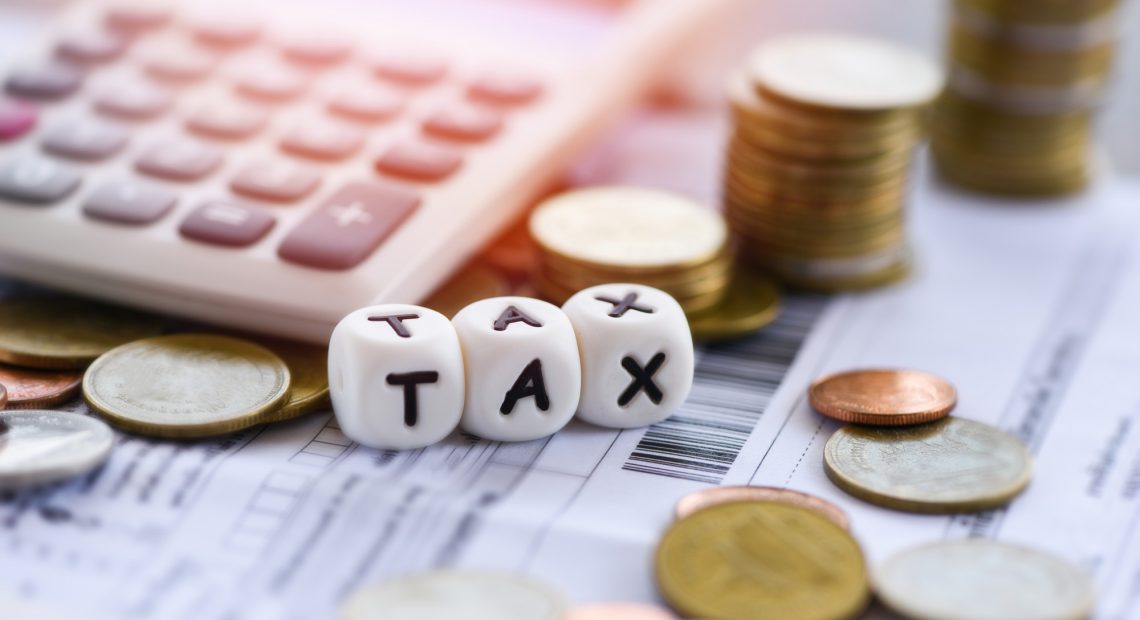
GST Council Increases Tax on Used Cars, Clarifies Popcorn Rates
The Goods and Services Tax (GST) Council has announced significant revisions to tax rates, including an increase in the GST on the sale of used cars. The council also addressed a unique issue regarding the GST on popcorn, with rates now determined based on flavor. These decisions are part of a broader effort to streamline taxation and address anomalies across industries.
Revised Tax for Used Cars
One of the major highlights of the council meeting was the decision to increase GST on the sale of used cars. The move aims to bring parity in taxation while ensuring consistency across the automobile industry. With the revised rates, the council seeks to close existing loopholes and enhance revenue collection.
This adjustment is expected to impact the resale market significantly, particularly for high-value vehicles. Industry stakeholders have voiced mixed reactions, with some welcoming the clarity, while others raise concerns about its potential to affect affordability in the used car market.
Popcorn Tax Clarification
The GST Council also tackled an unusual query regarding the tax rate on popcorn. The rate now depends on its flavor profile:
- Plain Popcorn: Subject to a lower GST rate.
- Flavored Popcorn: Attracts a higher GST rate due to added processing and ingredients.
This clarification is expected to streamline taxation within the food and snacks sector, ensuring consistency in tax application for businesses.
Broader Implications
These changes highlight the council’s commitment to refining GST structures for better compliance and revenue generation. However, both businesses and consumers may face transitional challenges as these tax revisions take effect.
- Auto Industry Impact: The used car market might witness a short-term decline in sales as buyers adjust to increased costs.
- Food Industry Adjustments: Snack manufacturers may need to re-evaluate their pricing strategies for flavored products.
The GST Council’s decisions continue to shape India’s tax landscape, balancing fiscal needs with the evolving demands of industries and consumers.


















